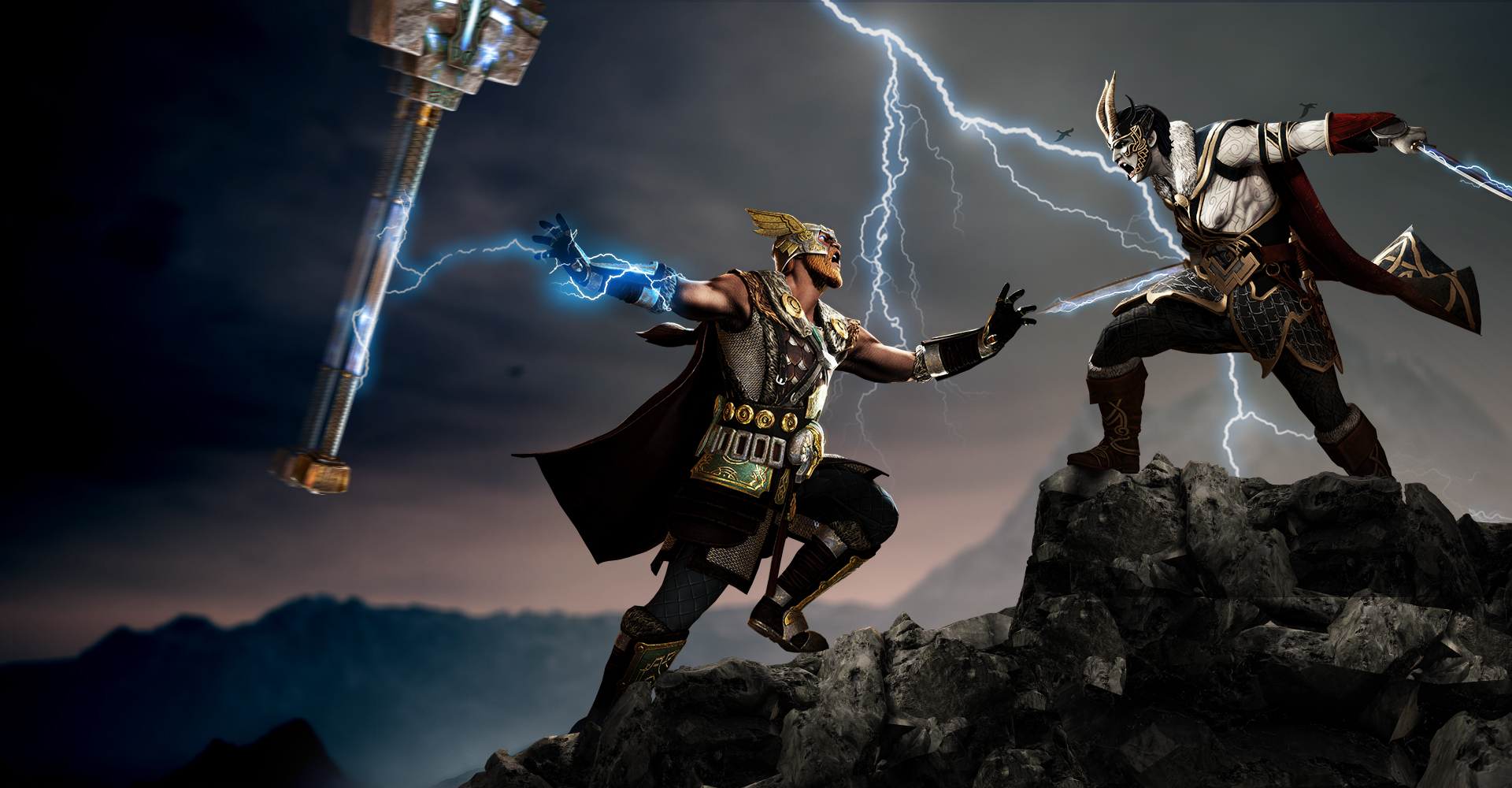

Roman Isis in black and white marble, from the time of Apuleius Caelestis įrom the middle Imperial period, the title Caelestis, "Heavenly" or "Celestial" is attached to several goddesses embodying aspects of a single, supreme Heavenly Goddess. Bonus Eventus, "Good Outcome", was one of Varro's twelve agricultural deities, and later represented success in general. During the Republic, the epithet may be most prominent with Bona Dea, "the Good Goddess" whose rites were celebrated by women. The epithet Bonus, "the Good," is used in Imperial ideology with abstract deities such as Bona Fortuna ("Good Fortune"), Bona Mens ("Good Thinking" or "Sound Mind"), and Bona Spes ("Valid Hope," perhaps to be translated as "Optimism"). The first Augusta was Livia, wife of Octavian, and the title is then shared by various state goddesses including Bona Dea, Ceres, Juno, Minerva, and Ops by many minor or local goddesses and by the female personifications of Imperial virtues such as Pax and Victoria. This extension of an Imperial honorific to major and minor deities of Rome and her provinces is considered a ground-level feature of Imperial cult.Īugusta, the feminine form, is an honorific and title associated with the development and dissemination of Imperial cult as applied to Roman Empresses, whether living, deceased or deified as divae.

It also became a near ubiquitous title or honour for various minor local deities, including the Lares Augusti of local communities, and obscure provincial deities such as the North African Marazgu Augustus. After his death and deification, the title was awarded to each of his successors.

For the cult pertaining to deified Roman emperors ( divi), see Imperial cult.Ĭertain honorifics and titles could be shared by different gods, divine personifications, demi-gods and divi (deified mortals).Īugustus, "the elevated or august one" ( masculine form) is an honorific and title awarded to Octavian in recognition of his unique status, the extraordinary range of his powers, and the apparent divine approval of his principate. Throughout the Empire, the deities of peoples in the provinces were given new theological interpretations in light of functions or attributes they shared with Roman deities.Īn extensive alphabetical list follows a survey of theological groups as constructed by the Romans themselves. Some archaic deities have Italic or Etruscan counterparts, as identified both by ancient sources and by modern scholars. This is particularly true of those gods belonging to the archaic religion of the Romans dating back to the era of kings, the so-called "religion of Numa", which was perpetuated or revived over the centuries.

Many of the Romans' own gods remain obscure, known only by name and sometimes function, through inscriptions and texts that are often fragmentary. The Roman deities most widely known today are those the Romans identified with Greek counterparts (see interpretatio graeca), integrating Greek myths, iconography, and sometimes religious practices, into Roman culture, including Latin literature, Roman art, and religious life as it was experienced throughout the Empire.


 0 kommentar(er)
0 kommentar(er)
